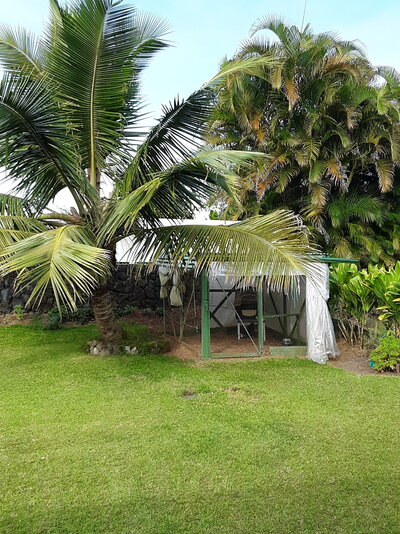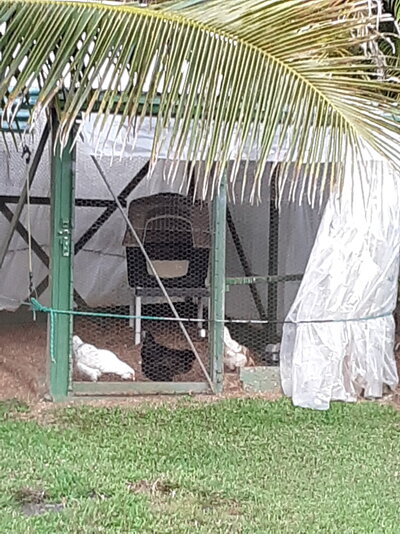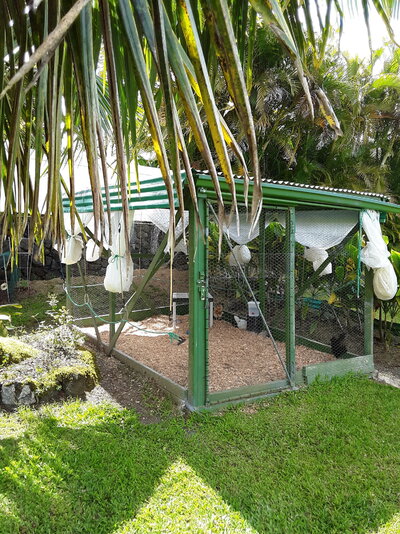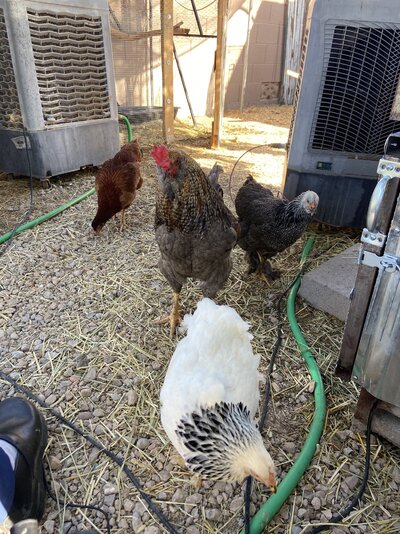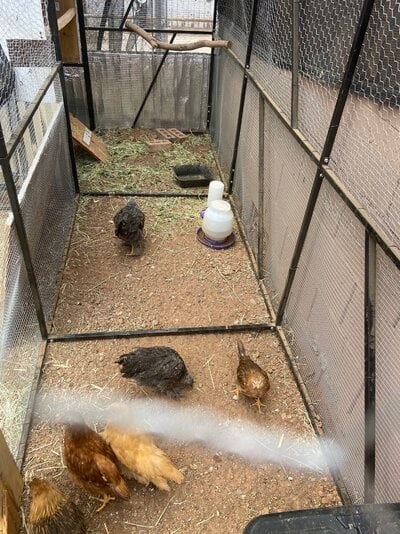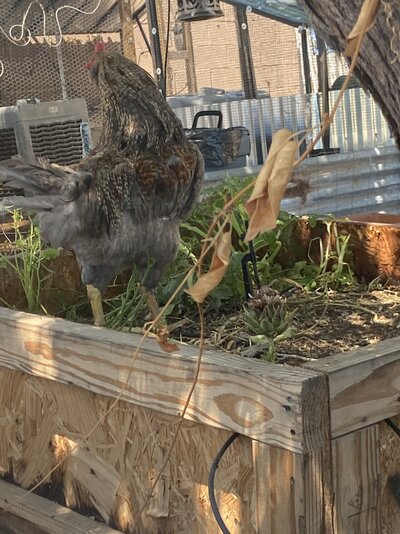Celeeste
Chirping
- May 16, 2020
- 65
- 48
- 91
Hello, I’ve been looking at moving to Arizona after I leave college and I was wanting to start a ranch out there with chickens and ratites. I was wondering, what would be a good way to manage overheating in the desert? I’ve heard dugout and adobe buildings are an option, is this true? I just need some tips, thank you!
It’s more of an issue with chickens than the ostriches/emus since chickens are more prone to overheating, but if there are any people experienced with ratites, I’d take advice on them as well.
Thank you!
It’s more of an issue with chickens than the ostriches/emus since chickens are more prone to overheating, but if there are any people experienced with ratites, I’d take advice on them as well.
Thank you!





